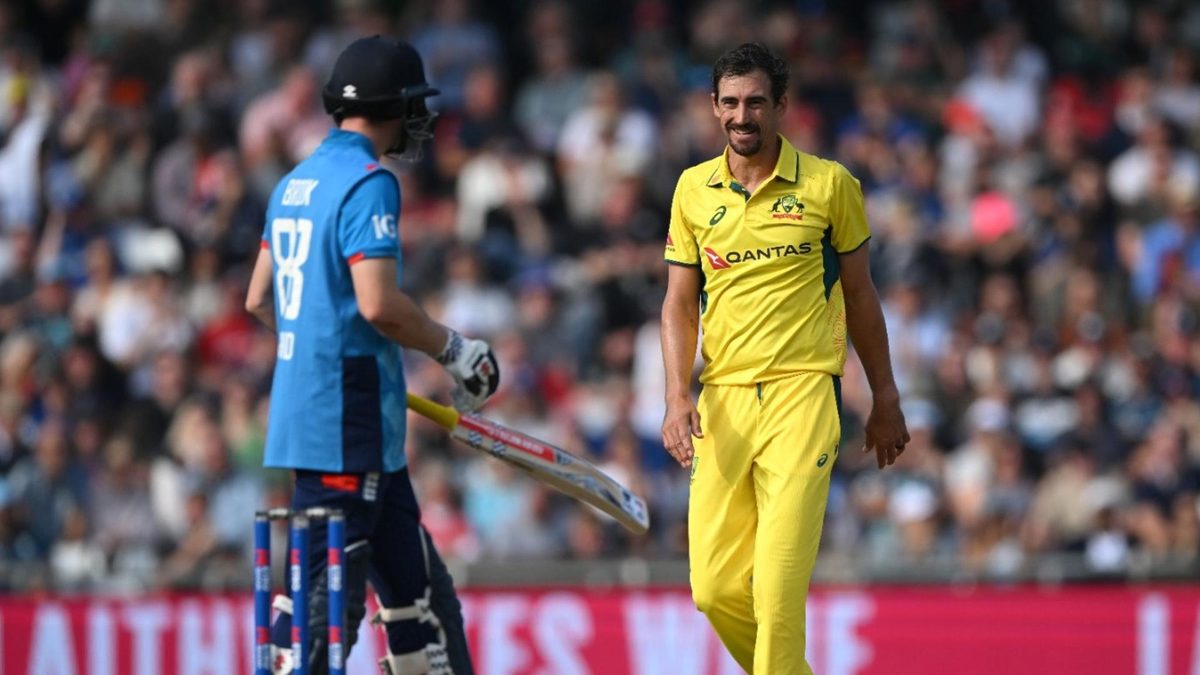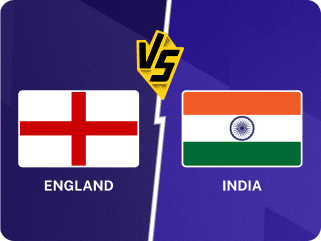
Australia’s win at Headingley consigned England to their 10th defeat in their last 14 ODIs, a run charting back to the start of their miserable 2023 World Cup title defence.
Victory for the visitors, meanwhile, extends their winning run to 14 ODIs on the bounce, a stretch bettered only by Ricky Ponting’s Australia in men’s ODI cricket; these are two teams at the opposite ends of their respective cycles.
The discourse between the first and second ODIs centred on Harry Brook’s post-match interview, where he defended the nature of England’s dismissals in the series opener as his side squandered a dominant position. 213-2 in the 33rd over soon became 315 all out, as England gifted six wickets to Australia’s assortment of part-time spin. Former England captain Alastair Cook decried Brook’s comments, suggesting that the Yorkshireman may in time cringe looking back at those comments years down the line.
The sense was that England had let an opportunity slip by, and that is of course true. They over indulged against Australia’s change bowlers and were subsequently shorn of the opportunity of capitalising on their superb first 30 overs with the bat. The criticism was slightly overblown. At the fall of Duckett with the score on 213, their run rate was 6.55 per over, well below what Australia accomplished in their 44 overs out the middle (7.20). There was some truth in the now familiar refrain of: we didn’t go hard enough. Australia scored quicker than England did both pre- and post-collapse.
Given England’s current transitional phase as an ODI side, frustration at ‘only’ scoring 315 isn’t the worst place to be. After all, they breached 285 just three times in nine games at last year’s World Cup.
Focus on their method, almost a hangover from similar criticism of the Test side, masks a far more pertinent question to ponder for the new regime: they are worlds away from the format’s best side.
Method discourse is a convenient post-game rumination point. The implication is that game management – something that is theoretically fixable – is responsible for results, rather than an ability gap, which is harder to change.
At Headingley, despite a spirited display with the ball, England were once again comfortably second best. Exemplary new-ball spells from Josh Hazlewood and Mitchell Starc had England three wickets down in the first seven overs, and when all–rounder Aaron Hardie dismissed Ben Duckett and Liam Livingstone in consecutive balls, the game was effectively done in the powerplay.
It was a top order collapse that highlighted the vast gap between the two sides, a team boasting eight members of their 2023 World Cup final line-up up against one whose highest run-scorer in ODI cricket is Adil Rashid.
Hazlewood had Phil Salt in all sorts of both before the England opener eventually edged one behind to Alex Carey. Will Jacks, at three, therefore effectively taking Joe Root’s spot in the XI, lasted a solitary delivery before Starc, arguably the most devastating wicket-taker in the modern era of ODI cricket, blew the England captain off his feet with a pinpoint in-swinging yorker. Though runs flew off Duckett’s blade at the other end, it was nevertheless a thrilling period of attacking and match-defining new-ball bowling.
This England XI, featuring three seamers set to tour Pakistan with the Test squad, does not harbour a comparable threat. Matt Potts bowled an encouragingly probing spell that culminated in the dismissal of Steve Smith and Olly Stone bowled with good pace early on, but they are no Hazlewood and Starc.
Similarly, the scale of the rebuild in the batting department should not be underestimated. England’s great white-ball reset in 2015 was the result of a sweet mix of tactical revolution – England essentially tried to bat like no other side had previously done in ODI cricket – and the emergence of a genuine golden generation of limited overs batting talent. A group of batters so strong that there was rarely room for all three of Jonny Bairstow, Jason Roy and Alex Hales in the same team.
Fast forward nine years and there is no such tactical revolution to pioneer and the new players brought into the set-up are desperately short of professional 50-over cricket experience. Jamie Smith, surely an all-format regular in waiting, has played just 15 domestic List A matches by the age of 24, none of which have come after his 22nd birthday.
England are not alone in the issue of their next generation lacking meaningful 50-over experience – Yashasvi Jaiswal, for example, hasn’t played a 50-over game in 22 months – but no major side is undergoing such a dramatic reconfiguration of their top seven as they are.
Though there is unquestionably great talent in this group, Adil Rashid aside, they are effectively learning on the job against the world champions. It is a brutal first assignment for this new crop of players, and one that will not be bridged by fine-tuning of their gameplan.
Follow Wisden for all cricket updates, including live scores, match stats, quizzes and more. Stay up to date with the latest cricket news, player updates, team standings, match highlights, video analysis and live match odds.







